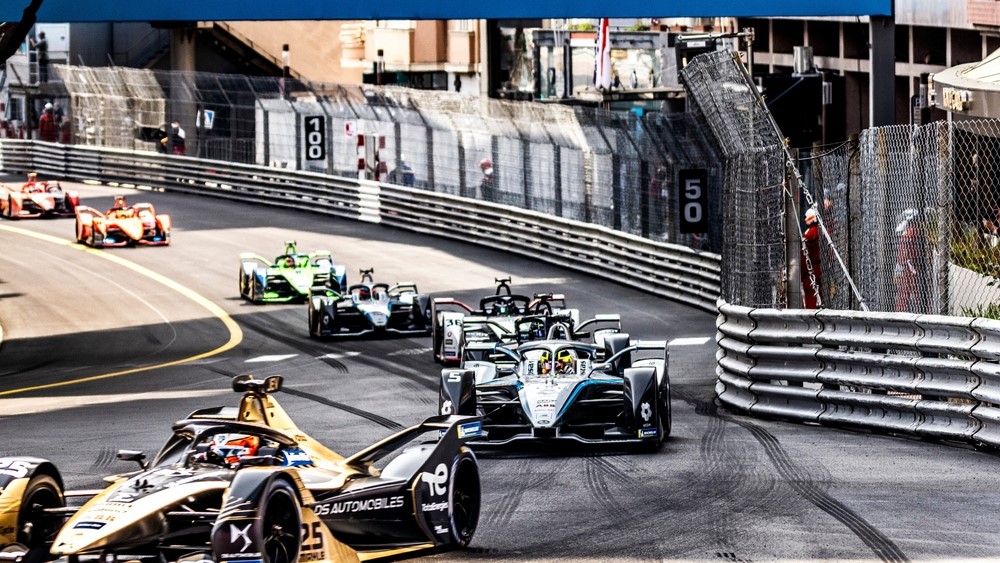The Evolution Of Formula E

Since the very first race on 13th September 2014, Formula E has seen a lot of evolution over the last eight years. The drivers have raced through several of the world’s most famous city centres, including London, New York, Paris, Rome, Monaco, and more, with the aim of bringing motorsport into a sustainable future.
The goal of creating a sport that is net zero on carbon emissions means that several changes were needed to keep Formula E exciting to watch and balanced on the track. In this article, we’ll go through some of these changes that have happened to influence it both within the races and how that’s helped the electric vehicle (EV) market.
The improvement of EV batteries
EVs, both on and off the racetrack, have seen a lot of positive progression since their introduction. In the first year of Formula E, the first generation of cars hit a power output of 200kW to achieve a top speed of around 225km/h. This came with 100KWh regeneration potential. Compare this to the second generation that arrived only four years later, and the capability of these cars improved significantly, and the current third generation is the most powerful and fastest yet.
Over the course of eight years, the power output of these cars has jumped by 150kW to a total of 350kW. On top of that, the top speed attainable is 322km/h, up from 225km/h in 2014. But maximum regeneration is the area that has seen the most significant improvement, going up by 500% to 600kW.
How has this impacted the races
The increase in power and speed of the cars, thanks to the batteries, has also had an impact on how the races happen. The biggest change this has caused is eliminating drivers’ need to change cars in the middle of the race. Different cars were required to complete a full race up until the beginning of the 2018 season, and it’s only continued improving since then.
In fact, May 2022 saw the announcement that Formula E planned to test new hardware that allowed for fast charging of the vehicles on an undisclosed track in Europe. Reintroducing this technology could mean that pitstops return to the races for charging during the qualifying and race periods, which is currently forbidden in the rules of the sport.
Not only would this change the scope of the races, but it could theoretically impact the wider EV market too. Should this technology work to rapidly recharge purpose-built vehicles for racing, it could be applied to commercially available EVs and make charging more efficient. This could, in turn, help you maximise road trips, so you need fewer stops and cover more range. Which would mean if you were on a longer trip in your plug-in hybrid version of a Jaguar E-Pace, you could get more miles to your charge and finish your journey faster.
The future of EVs & Formula E
Commercial vehicles are set to see a drastic shift in their mechanics to more hybrid and electric vehicles, with the UK government planning to end the sale of new petrol and diesel cars by 2030. With this change in mind, there is a strong likelihood that Formula E will lead the way in the future of the global sport.
They have a huge head start with them being net zero from their first event, but it is encouraging other motorsports to consider their future in line with conversations around sustainability. Formula E actually has an exclusivity contract on being the only fully electric and hydrogen single-seater championship racing until 2039. This allows for plenty of time for talks between F1 and E, with Alejandro Agag, who helped found Formula E, believing that F1 will have no option but to go electric in future.
The future of the sport will continue to grow and evolve alongside the advancements that EVs will see the more they move into the mainstream. This could result in us seeing cars in Formula E races surpassing the record speeds seen in current Formula 1 races.




